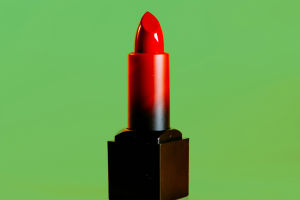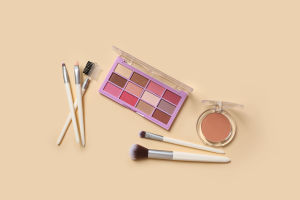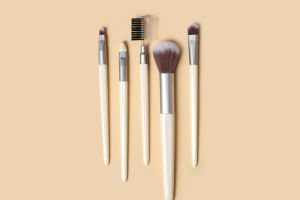Hey Lykkers! Ballet shoes are more than just footwear, they are a dancer's instrument, crafted to ensure grace, precision, and safety.
Let's explore the art and craft of ballet shoes, from their design to their importance in the dance world.
The Structure of Ballet Shoes
Ballet shoes come in two primary types, soft ballet slippers and pointe shoes. Each type serves a different purpose, yet both are carefully crafted to meet the unique needs of ballet dancers.
1. Soft Ballet Slippers: These are typically worn by beginner dancers and during rehearsals. They are made from soft materials such as canvas, leather, or satin, and are designed to fit snugly around the foot. The soles of soft ballet slippers are usually made of suede, providing just enough friction to allow dancers to glide smoothly across the floor without slipping.
2. Pointe Shoes: Pointe shoes are iconic in the world of ballet and are designed to allow dancers to perform on the tips of their toes. The construction of a pointe shoe is far more intricate than a soft slipper. The shoe’s shank (the insole) provides additional support to the arch of the foot, allowing the dancer to maintain balance while en pointe.
Design and Materials
Ballet shoes, or slippers, are usually made of soft leather, canvas, or satin and are designed to fit snugly on the dancer's foot. Each material offers different advantages, leather is durable and supportive, canvas is breathable and molds well to the foot, and satin is chosen primarily for its aesthetic appeal during performances.
The Fit: A Delicate Balance
One of the most important aspects of ballet shoes is the fit. A properly fitted shoe can make all the difference in a dancer’s performance and comfort. Ballet shoes need to be snug but not too tight, allowing the dancer’s foot to move and flex while still providing support. Pointe shoes, in particular, must fit perfectly to avoid injury, as they bear the dancer’s entire weight on the tips of their toes.
Care and Maintenance
The lifespan of a ballet shoe can be quite short, often just a few performances for professional dancers. Dancers maintain multiple pairs, each tailored to different stages of wear, ensuring they always have the perfect shoe for training, rehearsal, and performance. Careful maintenance includes drying out the shoes properly to prevent the breakdown of materials and adjusting fit as the shoes stretch and wear down.
The Role of Ballet Shoes in Expression
In ballet, every movement is a form of expression, and the shoes are a key part of that expression. Whether it’s the delicate footwork of a soloist or the synchronized steps of an ensemble, ballet shoes allow dancers to perform with both strength and elegance, embodying the spirit of the dance.
The art and craft of ballet shoes reflect the dedication, precision, and beauty of ballet itself. These shoes are not just accessories, they are essential tools that allow dancers to perform at their best. Ballet shoes are a symbol of the discipline, grace, and creativity that ballet dancers bring to the stage, making them a vital part of this timeless art form.


